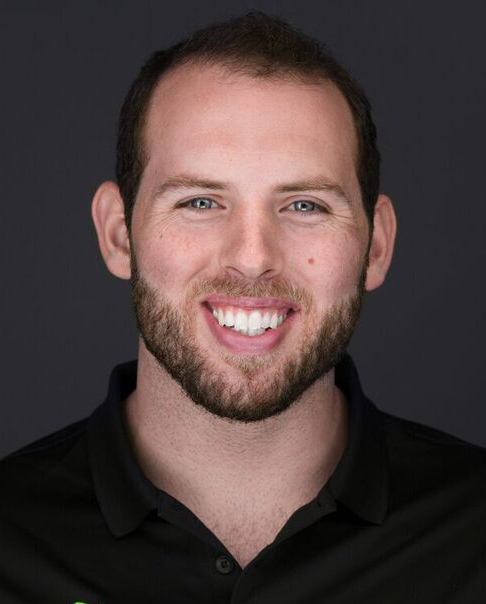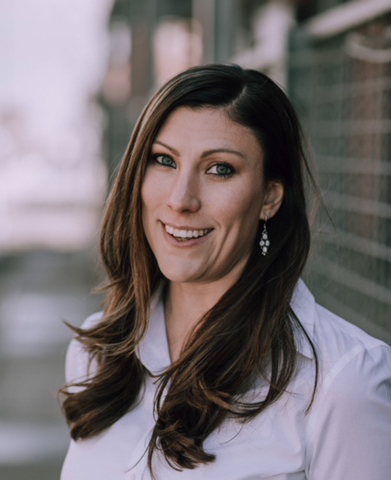The legal cannabis-infused products industry is growing with impressive and predictable rapidity. But because the rollout of new regulations occurs in an awkward and piecemeal fashion, with stark differences from one state to another, and sometimes even one county to another, uncertainty reigns.1 Many entrepreneurs are diving headlong into the nascent industry, hoping to take advantage of an uncertain regulatory environment where government audits and inspections are rare. These business owners will see quality assurance and product safety as burdens—costs to be avoided to the greatest extent possible.
I have seen this time and time again, even in the comparatively well-regulated food industry, and it is always a mistake.
If you find yourself thinking about quality assurance or food safety as a prohibitive cost, annoyance or distraction, I encourage you to change your thinking on this issue. The most successful businesses realize that product safety and quality assurance are inextricably linked with profitability. They are best thought of not as distractions, but as critical elements of an efficient and optimized process. Proper QA and safety are not costs, they are value.
Food safety and quality assurance should be seen as important elements of the process that you undertake to enforce the high standards and consistency that will win you repeat customers. The fact that they guard against costly recalls or satisfy meddlesome auditors is only a bonus. Realizing this will make your business smarter, faster and more profitable.
Learn more about the science, technology, regulatory compliance and quality management issues surrounding cannabis at the Food Labs / Cannabis Labs Conference | June 2–4, 2020If today you cannot clearly communicate your product standards to your employees and to your customers, then you have some work to do. That’s because quality assurance always begins with precise product specifications. (A good definition of “quality” is “conformance to specifications.”) How can you assess quality if you don’t have a definitive standard with which to evaluate it? My consulting firm works with food businesses both small and large, and this is where we begin every relationship. You might be surprised how often even a well-established business has a difficult time naming and describing every one of its products, let alone articulating objective standards for them.
This may be doubly difficult for fledgling businesses in the cannabis world. Because the market is so new, there are fewer agreed-upon standards to fall back on.
When we help businesses create specifications, we always look at the relevant regulations while keeping in mind customer expectations. In cannabis, the regulations just aren’t as comprehensive as they are for conventional food and agriculture. Laws and guidelines are still in flux, and different third-party standards are still competing for market dominance. Different states have entirely different standards, and don’t even agree, for example, whether cannabis edibles should be considered pharmaceuticals or food. To some extent, it’s the wild west of regulation, and as long as the federal government remains reluctant to impose national guidelines, it’s likely to remain so.
The wild west may be a good place for the unscrupulous, but it’s not good for business owners that care about the health of their customers and the long-term health of their brand. Don’t take advantage of confusing quality and safety standards by doing the least possible to get by. At some point there will be a scandal in this country when a novel cannabis product makes dozens of customers sick, or worse. You don’t want it to be yours.
With cannabis-infused products, there is a unique additional factor at play: The strength of THC and other psychoactive compounds. Again, there are few agreed-upon standards for potency testing, and relatively little oversight of the laboratories themselves. This allows labs to get sloppy, and even creates an incentive for them to return inflated THC counts; at the very least, results may hugely differ from one lab to another even for identical products.2 Some labs are ISO 17025 accredited, and some are not. Using an unaccredited laboratory may prevent your efforts to create consistent and homogeneous products.
Even in comparatively well-regulated states, such as Colorado, it is ultimately your responsibility to create products that are safe and consistent. And in the states where the politicians haven’t even figured out which department is regulating cannabis products, your standards should be tougher than whatever is officially required.
And so we look to the more established world of conventional food and agriculture as a guide for the best practices in the cannabis industry.
Hazards
The most constructive way to look at food safety, and the way your (eventual) auditors and regulators will view it, is to look at your product and process from the perspective of the potential hazards.
Some day, when regulation finally gets sorted out, you are likely to be asked to implement a Hazard Analysis and Critical Control Points (HACCP) safety system. HACCP framework recognizes three broad categories of hazards:
- Physical hazards: Foreign material that is large enough to cause harm, such as glass or metal fragments.
- Chemical hazards: Pesticides and herbicides, heavy metals, solvents and cleaning solutions.
- Biological hazards: The pathogens that cause foodborne illness in your customers, such as E. coli, and other biological hazards, such as mycotoxins from molds.
All of these hazards are highly relevant to cannabis-infused product businesses.
The HACCP framework asks us to consider what steps in our process offer us the chance to definitively and objectively eliminate the risk of relevant hazards. In a cannabis cookie, for example, this might be a cooking step, a baking process that kills the Salmonella that could be lurking in your flour, eggs, chocolate or (just as likely!) the cannabis extracts themselves.
A good HACCP system is merely the capstone resting atop a larger foundational system of safety programs, including standard operating procedures, good manufacturing practices, and good agricultural practices. It’s important to use these agreed-upon practices and procedures in your own facility and to ensure that your suppliers and shippers are doing the same. Does your cultivator have a culture of safety and professionalism? Do they understand their own risks of hazards?
HACCP offers a rigorous perspective with which to look at a process, and to examine all of the places where it can go wrong. The safety system ultimately holds everything together because of its emphasis on scrupulous documentation. Every important step is written down, every time, and is always double-checked by a supervisor. It sounds like a lot of paperwork, but it is better viewed as an opportunity to enforce consistency and precision.
When you thoroughly document your process you’ll create a safer product, run a more efficient business, and make more money.
References
- Rough, L. (2016, March 4). Leafly’s State-by-State Guide to Cannabis Regulations. Retrieved from https://www.leafly.com/news/industry/leaflys-state-by-state-guide-to-cannabis-testing-regulations
- Jikomes, N. & Zoorob, M. (2018, March 14). The Cannabinoid Content of Legal Cannabis in Washington State Varies Systematically Across Testing Facilities and Popular Consumer Products. Retrieved from https://www.nature.com/articles/s41598-018-22755-2











